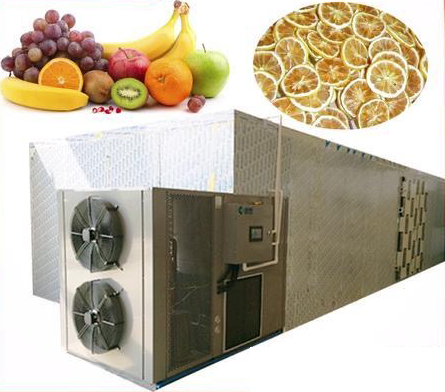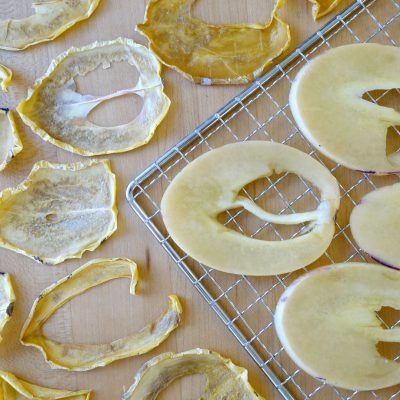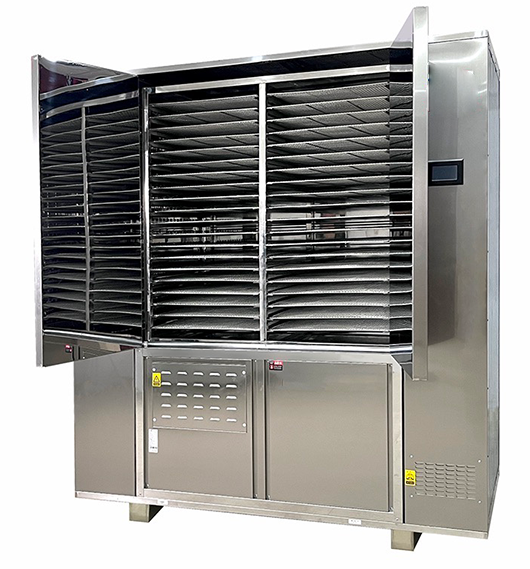
Content Menu
● Understanding Food Dryers
● How Electric Heat Pump Dryers Work
● Advantages of Electric Heat Pump Dryers
● Comparison with Other Dryer Types
● Applications of Electric Heat Pump Dryers
● Technological Innovations in Food Dehydration
● Benefits of Dehydrated Foods
● Consumer Considerations When Choosing a Food Dryer
● Conclusion
● FAQs
>> 1. What is an electric heat pump condenser dryer?
>> 2. How does a heat pump dryer differ from a conventional dryer?
>> 3. Are electric heat pump dryers energy-efficient?
>> 4. Can I use a heat pump dryer for all types of food?
>> 5. What are the maintenance requirements for electric heat pump dryers?
● Citations:
When discussing food drying technologies, it's essential to understand the various types of dryers available in the market. Among these, electric heat pump dryers stand out due to their unique drying mechanisms and energy efficiency. This article will delve into the specifics of food dryers, particularly focusing on electric heat pump condenser dryers, their advantages, and how they differ from other types of dryers such as traditional vented and condenser dryers.

Understanding Food Dryers
Food dryers are specialized appliances designed to remove moisture from food items, thereby preserving them for longer periods. The process of drying food involves applying heat to evaporate moisture while maintaining the food's nutritional value and flavor. There are several types of food dryers, including:
- Conventional Dryers: These use direct heat sources, such as electric coils or gas burners, to dry food.
- Condenser Dryers: These collect moisture from the air inside the dryer and condense it into water, which is then drained away.
- Heat Pump Dryers: These utilize a heat pump system to recycle warm air, making them more energy-efficient than traditional models.
How Electric Heat Pump Dryers Work
Electric heat pump dryers operate using a closed-loop system that recycles air within the dryer. Here's how they function:
1. Air Intake: The dryer draws in ambient air.
2. Heating Process: This air is heated using a refrigerant cycle that compresses and expands the refrigerant to absorb heat from the environment.
3. Moisture Removal: The warm air is circulated through the food items, evaporating moisture. The now humid air is then passed through a heat exchanger where it cools down, causing moisture to condense.
4. Recycling Air: The dry air is reheated and recirculated back into the drying chamber.
This process not only ensures efficient drying but also minimizes energy consumption by reusing heated air.
Advantages of Electric Heat Pump Dryers
Electric heat pump dryers offer several benefits over traditional drying methods:
- Energy Efficiency: They consume significantly less energy compared to conventional dryers because they recycle warm air instead of venting it outside. Studies show that heat pump dryers can use about 30% less energy than traditional vented models[2].
- Lower Operating Temperatures: Heat pump dryers operate at lower temperatures (typically between 30°C and 60°C), which helps preserve delicate foods and prevents nutrient loss[5].
- Environmental Impact: By using less energy, these dryers contribute to lower carbon emissions, making them a more environmentally friendly option[2].
- Versatility: They can be used for a wide range of products including fruits, vegetables, herbs, and meats without altering their taste or nutritional content[2].
Comparison with Other Dryer Types
To better understand how electric heat pump dryers differ from other types of dryers, let's compare them with conventional vented and condenser dryers:
| Feature | Electric Heat Pump Dryer | Conventional Dryer | Condenser Dryer |
| Energy Efficiency | High | Low | Moderate |
| Operating Temperature | Low (30°C - 60°C) | High (up to 75°C) | Moderate (60°C - 70°C) |
| Moisture Removal Method | Air recycling | Venting | Condensation |
| Environmental Impact | Low | High | Moderate |
| Initial Cost | Higher | Lower | Moderate |
| Maintenance | Low | Moderate | Moderate |
Applications of Electric Heat Pump Dryers
Electric heat pump dryers are suitable for various applications in food processing:
- Fruit Drying: Perfect for drying fruits like apples, bananas, and berries while retaining flavor and nutrients.
- Vegetable Drying: Ideal for vegetables such as carrots and bell peppers, ensuring they maintain their color and taste.
- Herb Drying: Excellent for herbs like basil and thyme that require gentle drying conditions.
- Meat Drying: Used for making jerky or dehydrated meat products without compromising safety or quality.

Technological Innovations in Food Dehydration
The field of food dehydration is continuously evolving with advancements in technology. Recent innovations include:
- Infrared-Assisted Drying: This method uses infrared radiation to enhance the drying process by directly heating the surface of the food items[5].
- Ultrasound-Assisted Drying: Utilizing ultrasonic waves can improve moisture removal rates while preserving product quality[5].
- Solar-Assisted Heat Pump Drying: Combining solar energy with heat pump technology can further enhance energy efficiency and sustainability in food drying processes[5].
These innovations not only improve efficiency but also address consumer demands for high-quality dried products that retain their nutritional value.
Benefits of Dehydrated Foods
Dehydrating food not only extends its shelf life but also enhances its nutritional profile:
- Retention of Nutrients: Dehydration preserves vitamins and minerals better than other preservation methods like boiling or frying. This makes dehydrated fruits and vegetables a nutrient-dense option for snacking or cooking[2].
- Increased Fiber Content: The dehydration process concentrates fiber content in fruits and vegetables, promoting better digestion and overall health[2].
- Enhanced Flavor: Removing moisture intensifies flavors, making dehydrated foods more enjoyable as snacks or ingredients in recipes[2].
Consumer Considerations When Choosing a Food Dryer
When selecting a food dehydrator or an electric heat pump dryer, consider the following factors:
- Capacity: Choose a model that fits your household size and needs. Some models offer larger drum capacities for bigger loads[6].
- Features: Look for features such as adjustable temperature settings, timers, and specialized drying programs for different fabric types or food items[9].
- Maintenance Requirements: Regular cleaning of filters and coils is necessary to maintain efficiency and prolong the lifespan of your appliance[2].
Conclusion
Electric heat pump condenser dryers represent an innovative solution in the field of food preservation. Their ability to efficiently remove moisture while conserving energy makes them an attractive option for both manufacturers and consumers. As sustainability becomes increasingly important in food processing, the adoption of technologies like electric heat pump dryers will likely continue to grow.

FAQs
1. What is an electric heat pump condenser dryer?
An electric heat pump condenser dryer is a type of dryer that uses a heat pump system to recycle warm air for efficient moisture removal from food products.
2. How does a heat pump dryer differ from a conventional dryer?
Heat pump dryers recycle warm air and operate at lower temperatures compared to conventional dryers that vent hot air outside and operate at higher temperatures.
3. Are electric heat pump dryers energy-efficient?
Yes, they are highly energy-efficient because they reuse heated air instead of expelling it, resulting in lower energy consumption.
4. Can I use a heat pump dryer for all types of food?
Yes, electric heat pump dryers are versatile and can be used for drying fruits, vegetables, herbs, and meats without compromising quality.
5. What are the maintenance requirements for electric heat pump dryers?
Electric heat pump dryers generally require low maintenance compared to conventional models due to their closed-loop system that minimizes dust accumulation.
Citations:
[1] https://nyledehydrators.com/the-future-of-food-dehydration-trends-and-innovations-with-nyle-dehydrators/
[2] https://www.dryeratech.com/what-s-the-benefit-of-using-a-heat-pump-dryer.html
[3] https://soulyrested.com/choosing-dehydrator/
[4] https://pmc.ncbi.nlm.nih.gov/articles/PMC3550996/
[5] http://sciencebeingjournal.com/sites/default/files/Octa%20J.%20Biosci.%20Vol.%2010%20(2)124-133_0.pdf
[6] https://thruhikers.co/dehydrators/
[7] https://www.researchgate.net/publication/254334342_Advancements_in_Drying_Techniques_for_Food_Fiber_and_Fuel
[8] https://pmc.ncbi.nlm.nih.gov/articles/PMC4745420/
[9] https://www.choice.com.au/home-and-living/kitchen/benchtop-cooking/buying-guides/food-dehydrators
[10] https://www.tandfonline.com/doi/full/10.1080/15538362.2021.1911746











